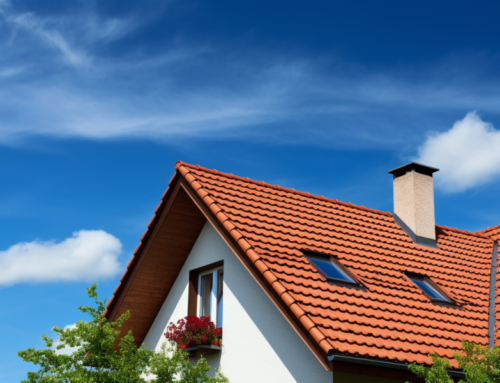When it comes to safeguarding your home, the roof plays a pivotal role. It’s not just about aesthetics; it’s about choosing a material that aligns with the climate you reside in, ensuring longevity and minimal maintenance. Here’s a deep dive into the world of roofing materials, tailored for various climates.
Why Your Roofing Choice Matters
Every region has its unique climatic challenges. From scorching heat to torrential rains, from icy winters to hurricane-prone areas, the roofing material you select should be resilient enough to withstand these conditions. Factors such as the material’s weight, local fire code compliance, installation intricacies, lifespan, warranty, and performance in extreme weather conditions are vital considerations.
Climate Factors to Ponder
Before zeroing in on a material, it’s essential to understand the climatic nuances of your region:
- Temperature Dynamics: Average temperatures and seasonal variations.
- Natural Disasters: Potential for floods, hurricanes, forest fires, and tornadoes.
- Weather Patterns: Prevalence of snow, rain, or high winds.
- Sunlight Intensity: Amount of sunshine received.
- Wind Characteristics: Average wind speed and direction.
- Geographical Features: Local topography and precipitation patterns.
Delving into Roofing Materials
Asphalt Shingles
A time-tested option, asphalt shingles are both affordable and visually appealing. They come in two wind uplift ratings, with specialized shingles for high-wind areas. In temperate climates, their lifespan is approximately 30 years.
Wood Shingles and Shakes
For those who prefer a rustic touch, wood shingles and shakes, available in cedar, redwood, cypress, and pressure-treated pine, are ideal. Their natural oils make them resistant to moisture and insects. They also boast a longer lifespan than asphalt shingles and have superior insulation properties.
Metal Roofing
San Diego County Roofing & Solar recommends metal roofing for its longevity and eco-friendliness. With a lifespan ranging from 50-100 years, metal roofs reflect solar radiant heat, ensuring your home remains cool. While the initial investment is higher, the long-term benefits make it a worthy choice.
Concrete and Clay Roof Tiles
These tiles, known for their beauty and durability, might necessitate additional framing due to their weight. With a lifespan exceeding 50 years, they are recyclable and resistant to fire and insects. Their light-colored variants are especially effective in reflecting sunlight.
Natural Stone Slates
Both genuine and synthetic slates are available. The former, often termed a “lifetime” roof, requires minimal maintenance and is incredibly durable. Its eco-friendly nature, coupled with its low manufacturing impact, makes it a sought-after choice.
Roof Maintenance Insights
Once the appropriate roofing material is in place, regular maintenance is crucial. This includes:
- Shingle Inspection: Conducted annually or post inclement weather to identify weak or broken shingles.
- Branch Trimming: Ensuring no branches pose a threat, especially during snow or ice.
- Gutter Cleaning: Essential during fall and spring to prevent water pooling and subsequent roof damage.
- Moss Removal: Prevents water damage and rotting.
- Ice Dam Prevention: Vital after heavy snowfalls to prevent significant damage.
Tailoring Material to Climate
Different roofing materials excel in specific climates:
- Northeast: Asphalt shingles withstand cold temperatures and snow.
- Southeast: Metal roofing withstands hurricanes and reflects heat.
- Midwest: Slate tile roofs are resilient to fluctuating weather.
- Southwest: Clay tiles effectively reflect sun rays.
- Northwest: Asphalt or metal roofing shields homes from persistent rain.
In conclusion, while San Diego County Roofing & Solar offers a plethora of roofing options, it’s imperative to choose one that aligns with your region’s climate. Whether you’re looking for roofers in San Diego or seeking advice on local roofing companies in San Diego, making an informed decision will ensure your home remains protected for years to come.











